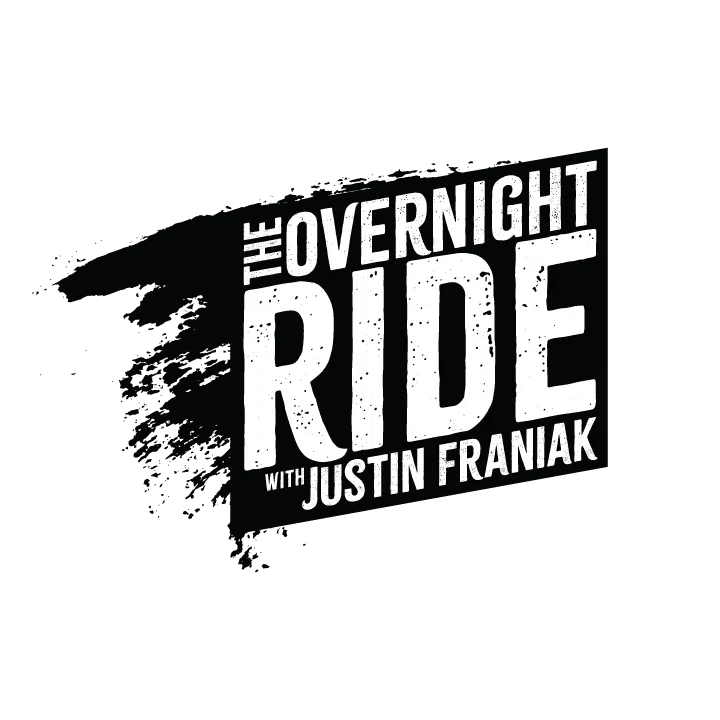A rock provides a major clue to the heartbeat of Brad Paisley’s Wheelhouse.
The piece, a silhouette of Paisley’s homestate West Virginia, is embedded in one of two stone walls of the drum room in his converted home studio. The state represents the place where he first acquired the skills that coalesced into one of contemporary country’s most important careers. The studio itself is where he essentially started over, producing himself for the first time and figuratively rebooting a career that was already the envy of most of Paisley’s peers.
The rock reminder of West Virginia definitely belongs on the Middle Tennessee property. Paisley can’t escape his past – nor would he want to. The 21 #1s, the three awards from ASCAP as the Country Songwriter/Artist of the Year, the 14 Country Music Association awards (including a win as Entertainer of the Year) and the 14 Academy of Country Music awards provide evidence that he has figured out how to connect in a big way with both the public and the country music business.
But as much as his past informs who he is, Paisley was inspired in this album to take a flying leap off a creative cliff. The album is called Wheelhouse, in part, because of the first line in the first song, “Southern Comfort Zone.” The studio is now christened the Wheelhouse because Paisley changed his own comfort zone while recording the album.
“Whatever we do here,” Paisley says in the studio’s piano room, “whatever ends up coming out of here on an album, must end up eventually being in my wheelhouse. Because I’ve done it.”
Much of what ended up among the 17 tracks on Wheelhouse was a result of Paisley’s dedication to challenge. He’d never been his own producer, never commissioned a studio, never recorded an album without falling back on some of Nashville’s studio musicians and never tackled some of the difficult themes that are present in the album. Certainly not in the way that he approached them on Wheelhouse.
“Every song was meant to incorporate something new for me, and to take some sort of twist you don’t expect,” Paisley explains. “Whether that be the lyric or the loop or the guest, or a different format like rap, or getting a comedian like Eric Idle, it needed to spin your head around somewhere.
“It’s like my dog when you say his name followed by a command he doesn’t understand. He’s like, ‘Huh?’ And he turns his head a little sideways. That’s what I wanted every song to do, in one way or another.”
Paisley did that in a big way with the album’s first song and lead single, “Southern Comfort Zone,” which incorporated a bevy of unpredictable elements – the voice of his late friend, Andy Griffith; pieces of the Southern folk standard “Dixieland”; and the Brentwood Baptist Church Choir. All of that was paired with Paisley’s familiar voice and stunning guitar shredding while he challenged listeners to get out of their own comfort zones by seeing as much of the world as possible.
Embracing the song was not a challenge. “Southern Comfort Zone” became just his latest #1 single even while Paisley continued an 11-month sojourn with the album, which he wrapped in January 2013, just weeks before it was due to ship.
“I wrote a bunch of songs that aren’t comfortable,” he says. “And that was the point, really – for them to be vocally, musically, lyrically, thematically uncomfortable – or at least new enough to me that I think I had to stretch.”
He did that in the songwriting process, writing to a pre-existing loop for the first time when he penned “Beat This Summer,” the album’s second single, with frequent collaborator Chris DuBois (“Welcome To The Future,” “Old Alabama”) and in-demand songwriter Luke Laird (“Pontoon,” “Undo It”). Paisley took another fresh approach in sampling a classic country song, incorporating Roger Miller’s “Dang Me” in “Outstanding In Our Field.” And Paisley challenged himself yet again by threading Monty Python icon Eric Idle into the tongue-in-cheek marital commentary of “Harvey Bodine,” the story of a henpecked husband who finds new life by dying.














